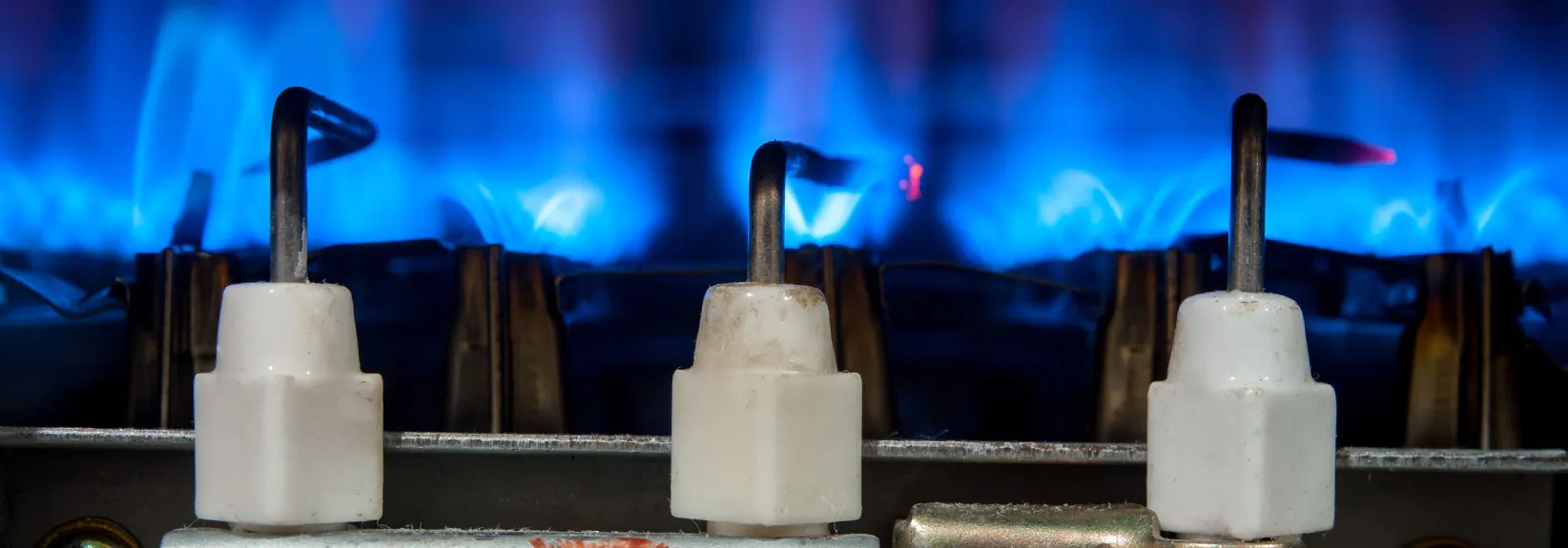What a Flame Sensor Is and Why It Matters
Receiving your routine furnace maintenance helps keep your heating equipment working up to 30% more efficient and helps extend the life of the equipment. But things could still go wrong, and when they do, you might feel like it’s always something else.
This time it’s your motor, next time it’s your pressure switch. Now your find out the flame sensor has to be replaced.
What is a flame sensor, anyway?
A flame sensor is a crucial safety component on your gas heating system. During the ignition sequence, your gas furnace goes through a process where either a spark or a hot surface igniter will actually ignite the gas. As the gas is ignited, the flame sensor produces a current of electricity. This is calculated in micro amps. If the furnace’s control board does not read the right level of micro amps, the furnace will no longer give the system fuel to avoid an explosion.
Over time, if the flame sensor is not adequately cleaned, oxidation or carbon buildup can hinder the flame sensor’s ability to operate properly, which can cause the furnace to malfunction.
The way to determine if a dirty flame sensor is to blame for a furnace malfunction is to take a micro amp draw reading, which an expert heating technician can provide you. If a dirty flame sensor is the reason, the technician will clean the sensor with steel wool. If dirt was the sole factor, we will see a much higher amp reading. If the reading shows no change, the technician will continue with the heating equipment repair diagnostic process.
If you aren’t certain your heating system is going to outlast these last few weeks of winter, give A1 Chesney Service Experts a call and we’ll come out and give you a full furnace maintenance or a complimentary in-home estimate on a new HVAC system.

